今日上海
1995年至2007年中国动画的发展 - 2024年03月04日
'Lights, Camera' presents: Chinese animation's development from 1995 to 2007

The 1999 Chinese animated feature film 'Lotus Lantern' was both critically and commercially successful.
These episodes of our cultural column "Lights, Camera" focus on the modern-day development of Chinese animation after 1995, when the socialist market economy had taken shape in China.
The new vibrant economic system transformed the traditional creation mode and concepts of film and TV series. Animation became the first genre of Chinese cinema and television that was pushed to cater to the market.
Starting from 1995, the creation, filming, production, and broadcasting of animated movies was arranged and operated independently by animation studios and companies. That brought new vitality to Chinese animation.
One of the successful pioneering animation works in this period was "Chinese Zodiac," a self-financed paper-cutting animated series by the Shanghai Animation Film Studio.
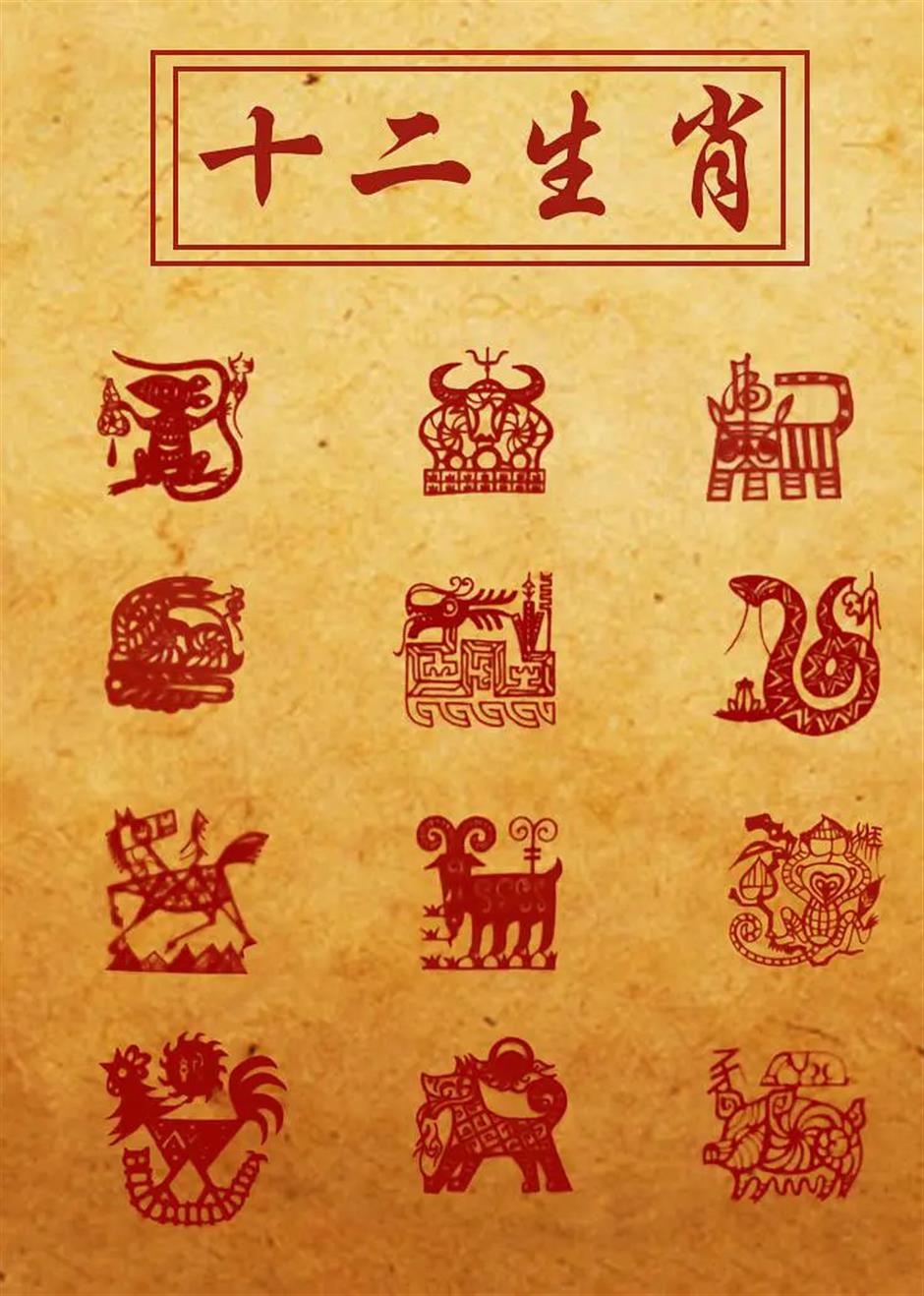
The paper-cutting animated series 'Chinese Zodiac' tells mythological stories of the 12 Chinese zodiac animals.

The 101-episode animated series 'Young Heroes' brought together 17 veteran animators as directors.
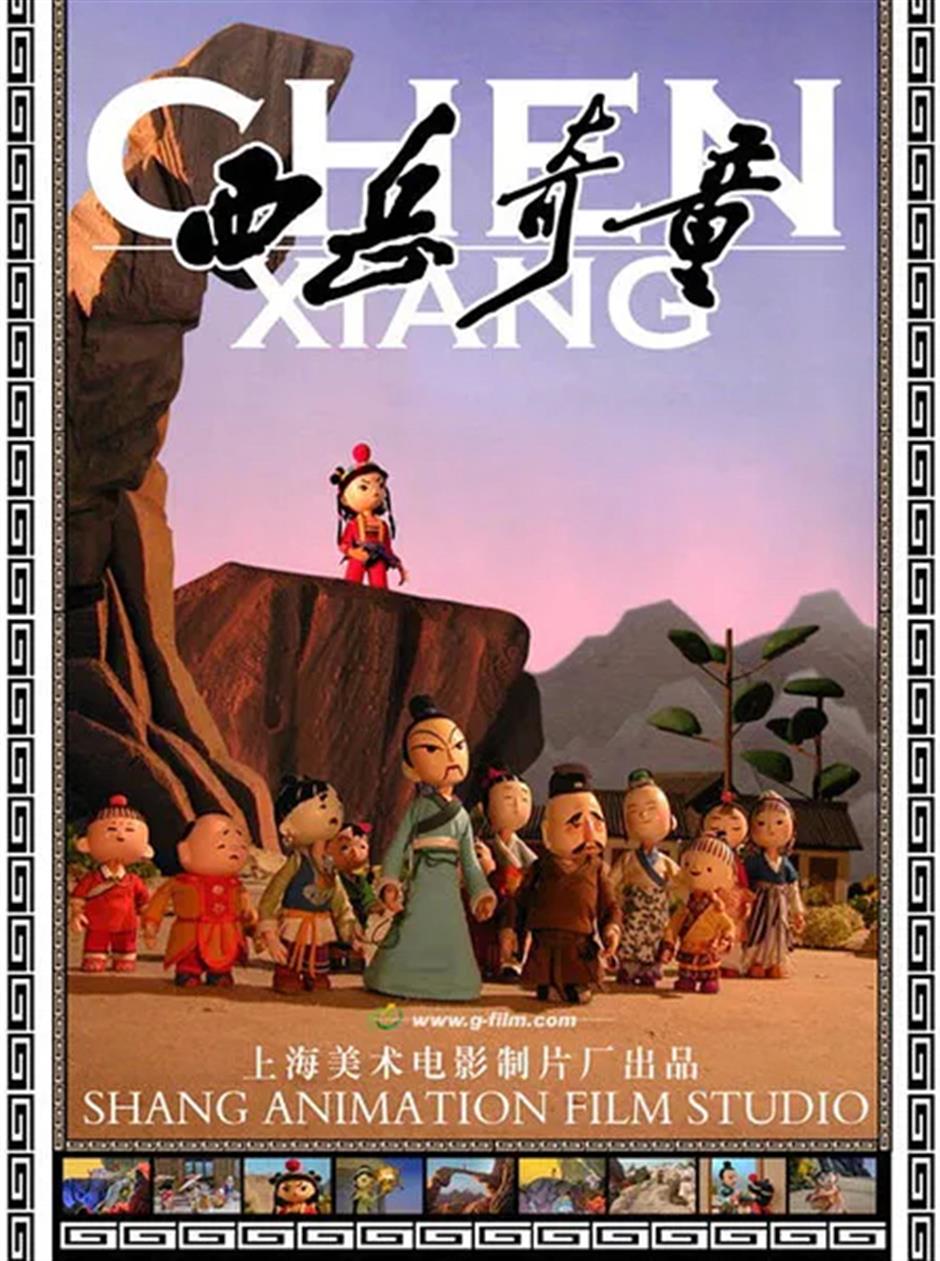
The second half of the 1984 puppet film 'Saving Mother' was postponed after the death of scriptwriter and co-director Jin Xi, but 'Lotus Lantern,' with a similar storyline, made up for the regrets in the hearts of numerous movie buffs.
With a budget of more than 1 million yuan (US$139,000), the 13-episode series tells heroic mythological stories of the 12 Chinese zodiac animals. To commemorate them, these animals became the zodiac signs of the Chinese lunar year.
The series was also China's first animated series that was produced entirely according to the principles of the market-based economy. It boasts a distinctive artistry of traditional Chinese culture with diverse elements from Chinese folklore, paper-cutting art and New Year paintings, gaining wide popularity among audiences of the time.
Later, the studio produced a 101-episode animated series "Young Heroes." It brought together 17 veteran animators including Yan Dingxian, Lin Wenxiao and Chang Guangxi as directors. The series was so well-received that it won the Best Animation prize at the 16th Golden Rooster Awards.
Based on real stories, the biopic series portrays around 100 young heroes from home and abroad who made significant contributions to the world. Among them are ancient Chinese philosophers Confucius and Mencius, former Soviet anti-fascist heroine Zoya Kosmodemyanskaya, and prolific American inventor Thomas Edison.
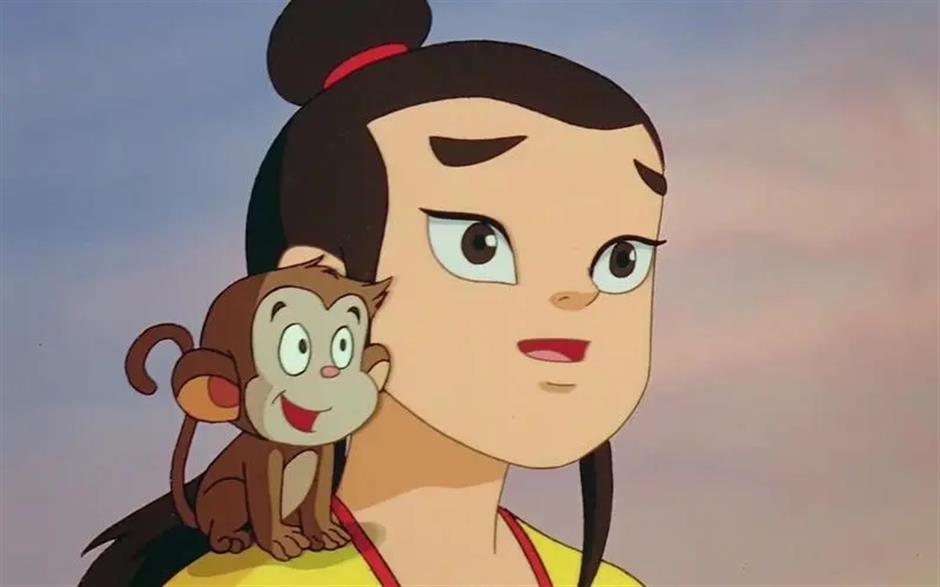
'Lotus Lantern' centers on the endeavors of Chenxiang to rescue his goddess mother, using a magical Lotus Lantern.
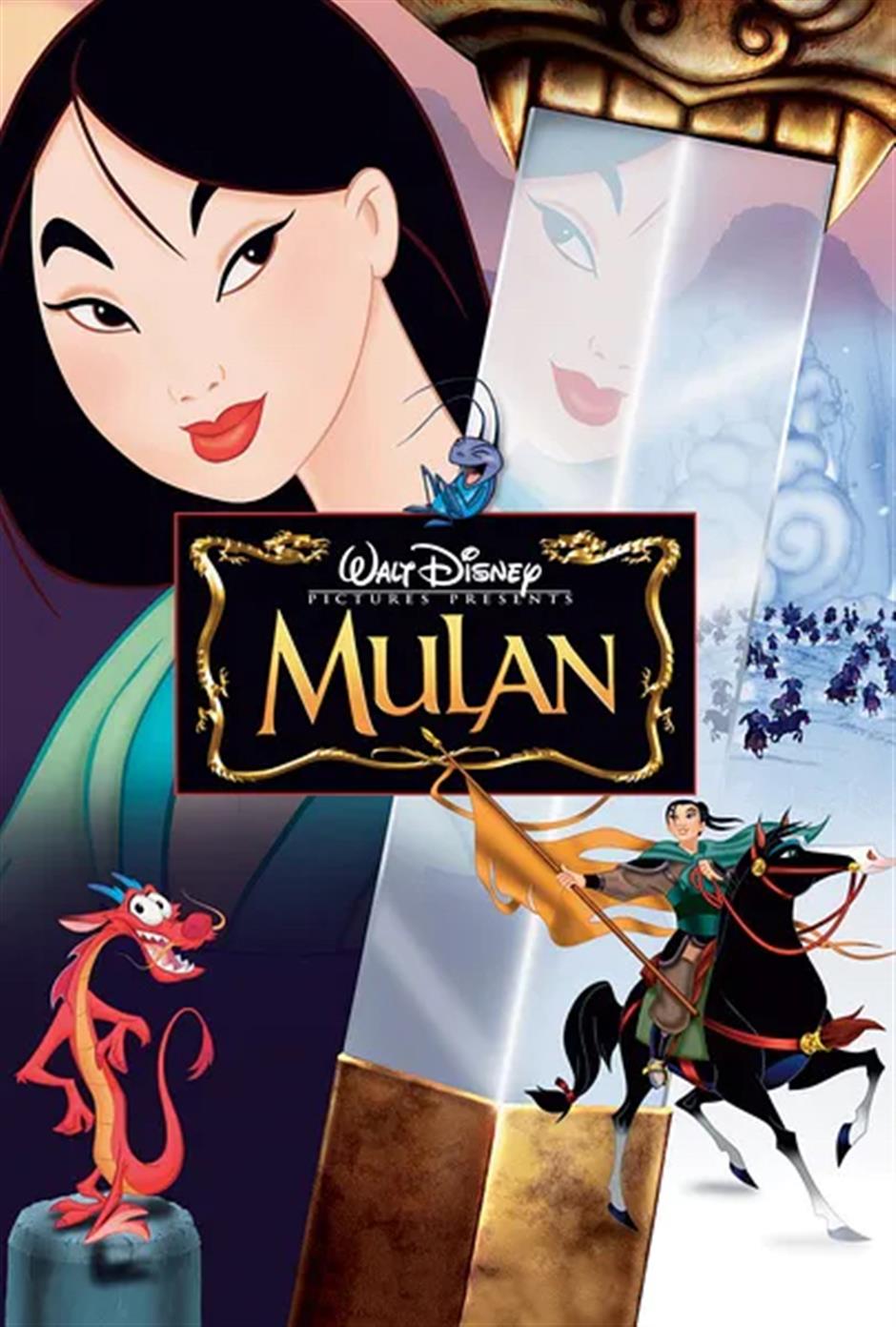
A poster advertises 'Mulan,' whose China box office performance was surpassed by 'Lotus Lantern' in 1999.
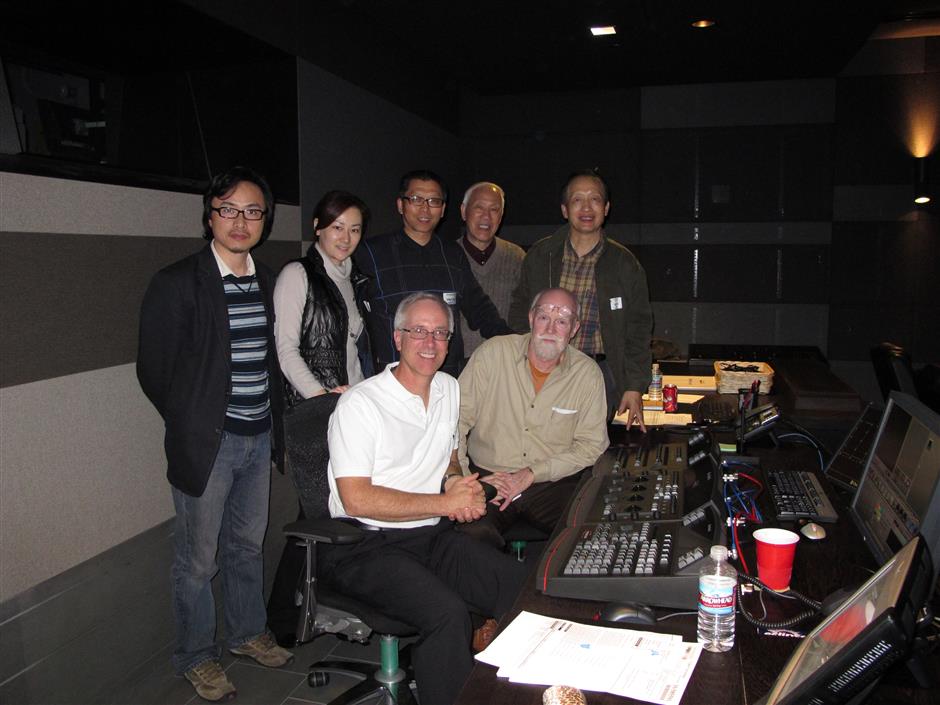
Chinese animated filmmakers Yan Dingxian (second from right), Chang Guangxi (first from right) and the younger generation of animators Chen Zhihong (first from left) and Su Da (second from left) work at a Hollywood studio on the 3D version of 'The Monkey King: Uproar in Heaven.'
Compared with earlier Chinese animated series, it also made a breakthrough in technology and storytelling. Real stories of significant historical figures were told in an innovative way.
In this period, China's first cinematic animation release was the 1999 film "Lotus Lantern." The film by Chang Guangxi evoked generations of Chinese people's childhood memories of the classic 1984 puppet film "Saving Mother." The puppet film's second half was postponed for a long time because of the death of its scriptwriter and co-director Jin Xi. "Lotus Lantern" made up for the regrets in the hearts of movie buffs.
With a budget of 10 million yuan, the film centers on the endeavors of Chenxiang to rescue his goddess mother, using a magical Lotus Lantern. The film made about 29 million yuan at the box office, outperforming the Chinese box office receipts of Disney's "Mulan" (1998).
The content of "Lotus Lantern" originates from ancient Chinese mythology, and for the first time in the history of Chinese animation, it adopted new music and dialogue techniques, as well as full digital stereo recording technology.
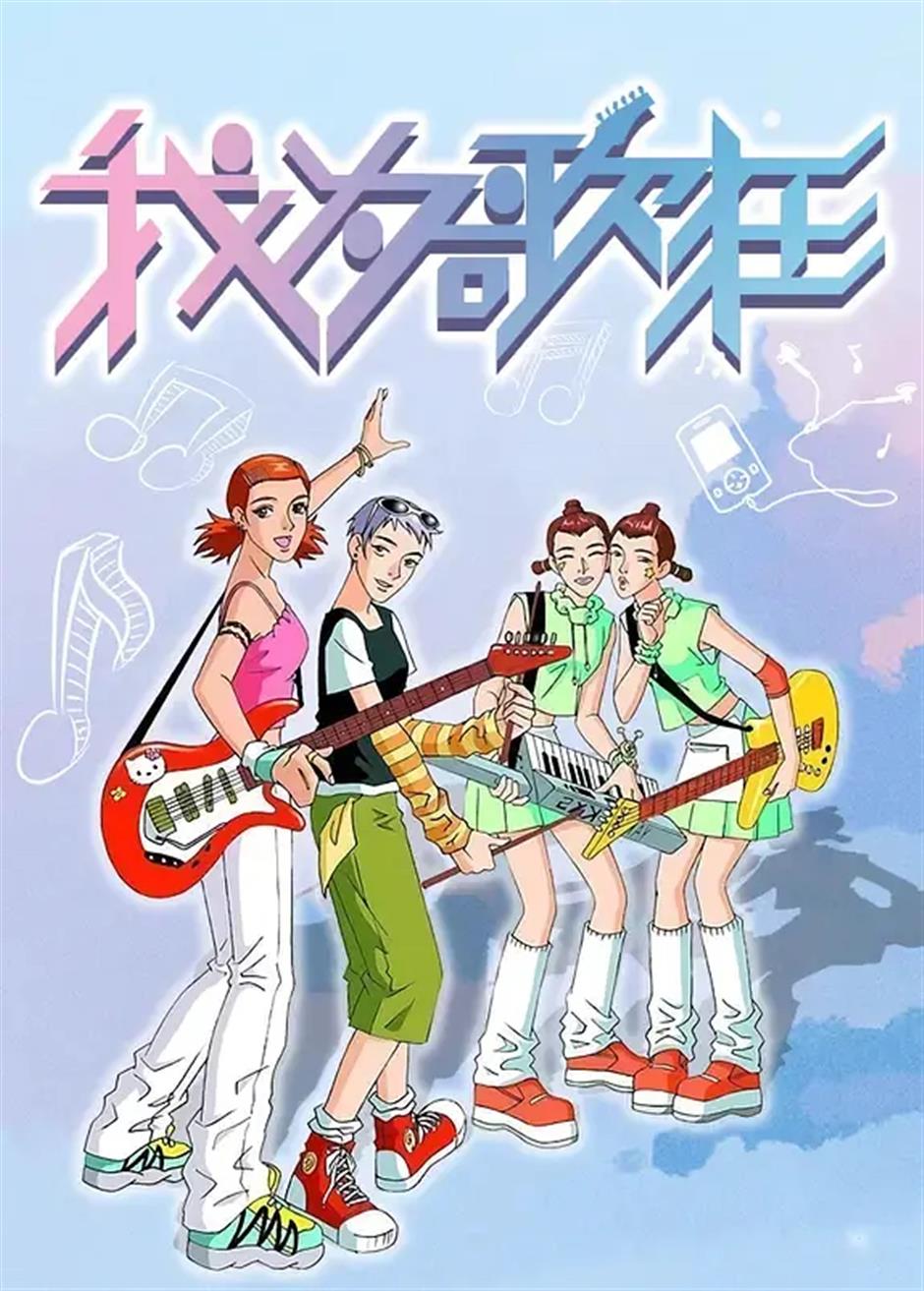
The animated series 'Music Up' is considered China's first serial animation about campus youth.
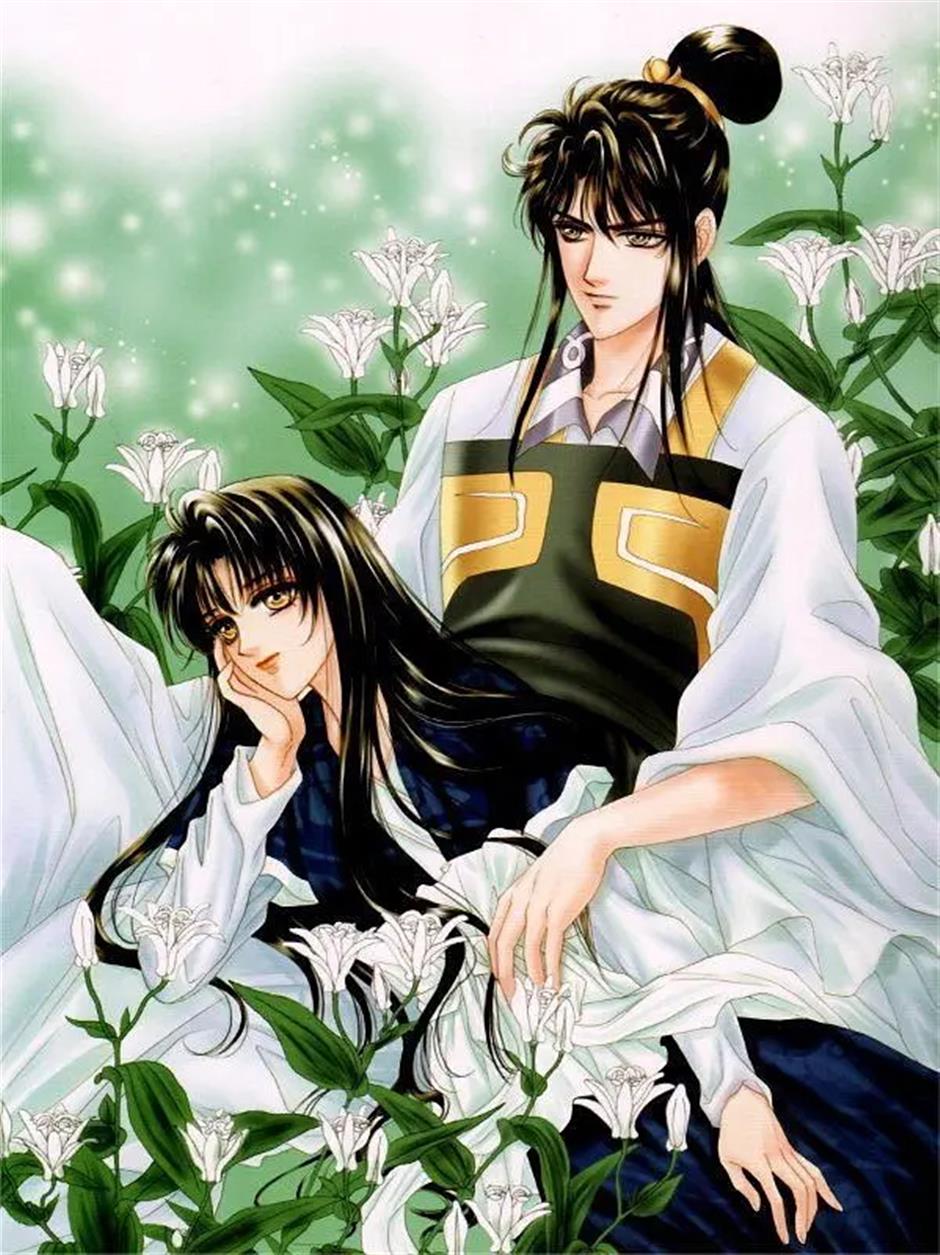
A poster advertises 'Heroes of Sui and Tang Dynasties.'
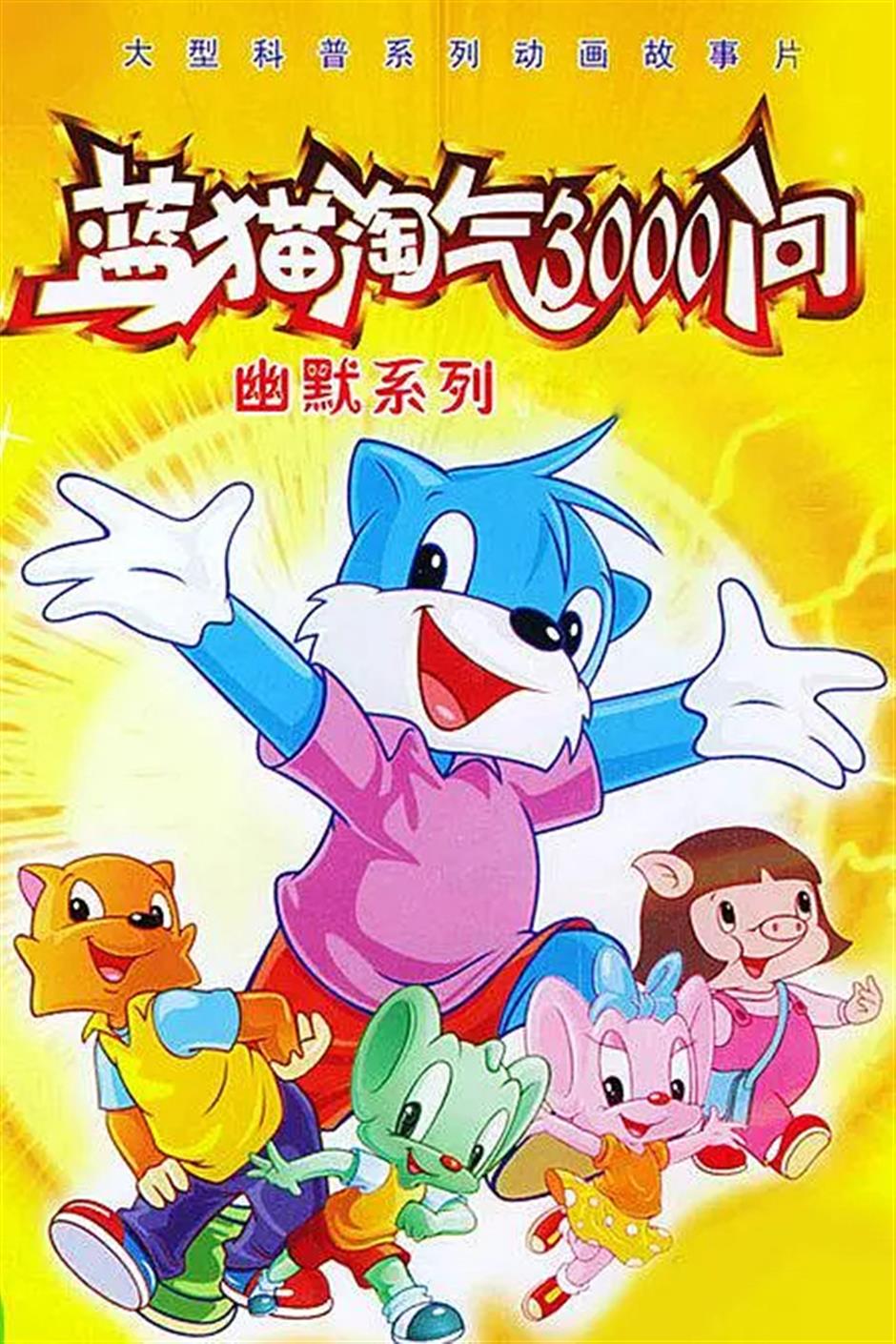
'Blue Cat Naughty 3000 Question'" features new advancements from contemporary science and technology.
The poetic natural landscape in the film blends Chinese painting techniques such as texturing, dyeing, and hooking to showcase the lotus pond shrouded in clouds and mist, and the faintly visible distant mountains. The character images draw inspiration from Peking Opera facial masks. Folk customs and arts are also displayed in the film. In October 1999, the film won the Best Animation award at the 19th Golden Rooster Awards.
Professor Chen Zhihong, a veteran animation filmmaker and scholar from Shanghai University's Shanghai Film Academy said the film was undoubtedly an important production of Chinese animation that carried on the past and opened up the future.
"Although the film story is still based on ancient mythology and legends, the creator's perspective became broader at that time," Chen said. "The film's narrative and animation technology consciously absorbed the strengths of foreign productions, especially Hollywood animated features, such as more humanized theme settings, richer character relationships, and inviting celebrities to voice characters and sing theme songs."

The 1995 computer-generated animation 'Toy Story' made cinematic history for portraying a stunning 3D world of living toys.
The studio's 52-episode animated series "Music Up" (2001) was also successful as China's first serial animation about campus youth. Directed by Hu Yihong, it revolves around a group of high school students' growth, friendships, and the pursuit of their musical dreams.
The original songs in the series were performed by talented singer Hu Yanbin and several professional bands. When first released, the series attracted a lot of teenagers and gained a positive reputation among young people.
Animated series "Heroes of Sui and Tang Dynasties" (2003) was the country's first animation produced by cross-Strait artists. Taiwanese cartoonist and writer Kao Yung designed 60 character images for the series and achieved acclaim for them.
"Blue Cat Naughty 3000 Questions" (1999), with 300 episodes, was one of the longest domestic science animations produced by a Hunan animation company. It provides children with knowledge about the universe, ecological environment, history, and biology through the adventures of Blue Cat and his companions.
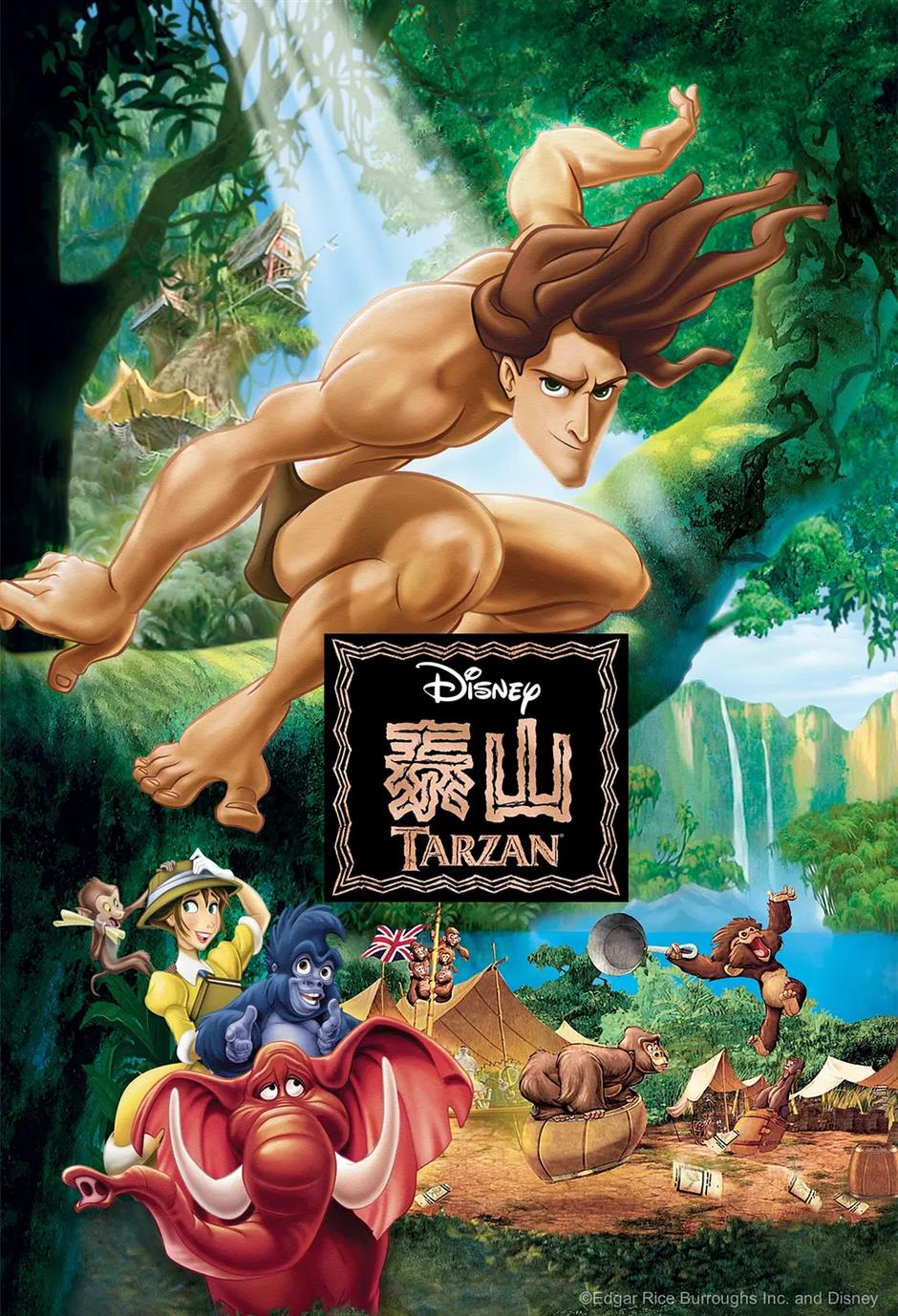
A poster advertises 'Tarzan.'
The series not only embodies the charm of thousands of years of brilliant human culture, but also introduces new advancement from contemporary science and technology. When it was broadcast on Chinese TV channels, it reaped considerable advertising revenues.
The Chinese animation industry was booming to satisfy diverse demands of the market. In the year 2007 alone, China produced more than 100,000 minutes of animation, which nearly doubled the total animation output from 1995 to 2003.
The number of animation companies and institutions was on the increase. By 2007, around 450 colleges in China had established an animation major to cultivate talent for the promising industry. Meanwhile, a batch of national animation industry bases, animation teaching and research bases, and animation festivals were set up around the country.
"After 1995, the production environment of Chinese animation underwent significant changes," said Chen. "The animation industry in China overcame a shortage of funds and a loss of talent, and found its own route and recipe."
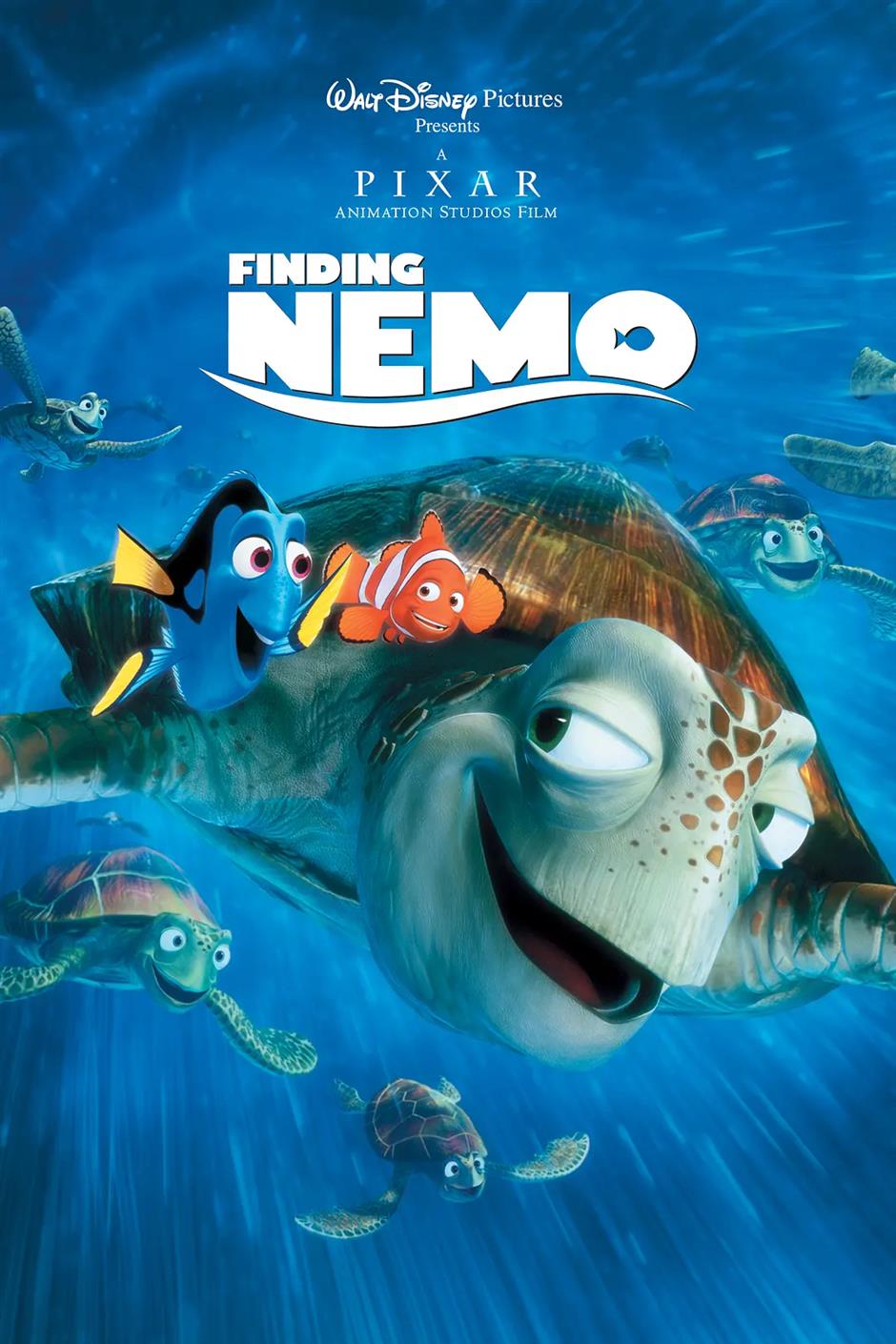
A poster advertises 'Finding Nemo.'
Chinese animation in this period was also facing fierce competition from animated productions from Hollywood and Japan. Many classic foreign animated works emerged and impressed global audiences from 1995 to 2007.
Disney continued to produce animated feature films with vivid images and attractive storylines. The 1995 computer-generated animation "Toy Story" was considered to make cinematic history as it portrayed a stunning 3D world of living toys with lighting, shading, and textures with avant-garde technologies.
Other popular Hollywood animated features in this period include "Pocahontas" (1995), "The Hunchback of Notre Dame" (1996), "Tarzan" (1999), "Dinosaur" (2000), "Monsters, Inc." (2001), "Shrek" (2001), "Finding Nemo" (2003), "The Incredibles" (2004), and "Cars" (2006).
Through long-term development, American animated films have also formed distinct characteristics. They usually boast twists and turns in the plot, humorous characters, captivating music and special attention to detail portrayal. Most of the movies are suitable for the tastes of the vast majority of viewers.
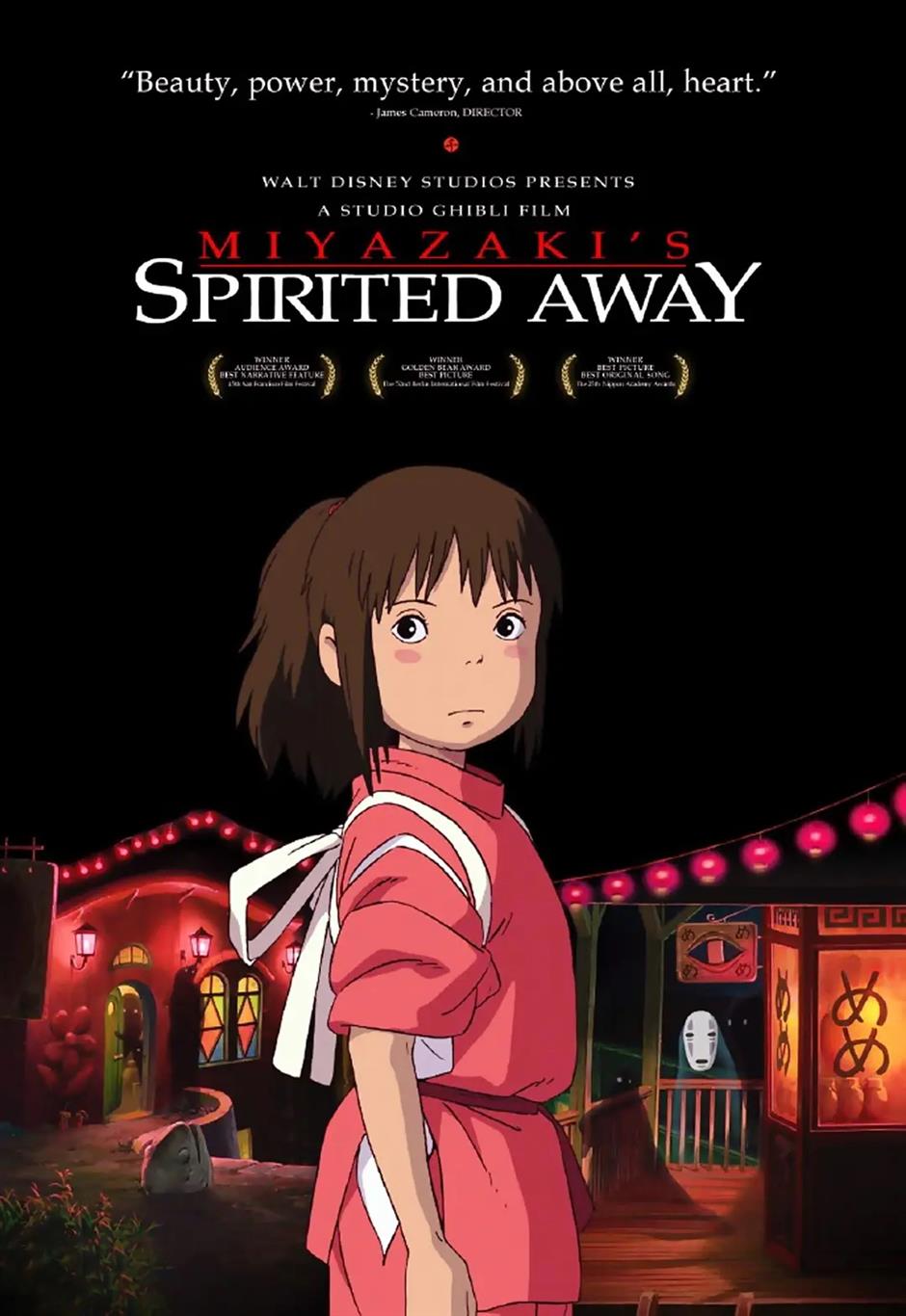
The award-winning film 'Spirited Away' is a representative work by Japanese animated film master Miyazaki Hayao.
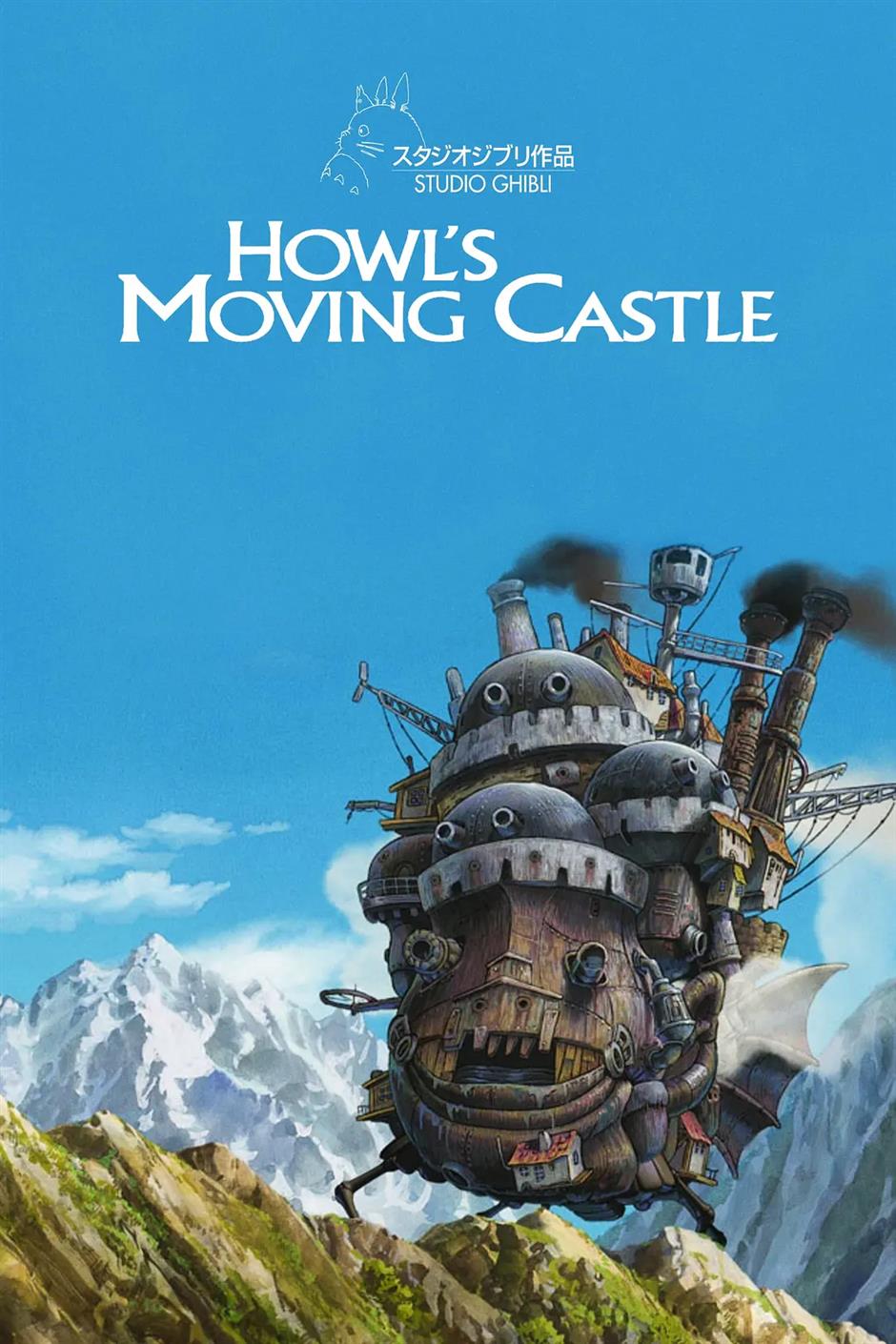
A poster advertises 'Howl's Moving Castle.'
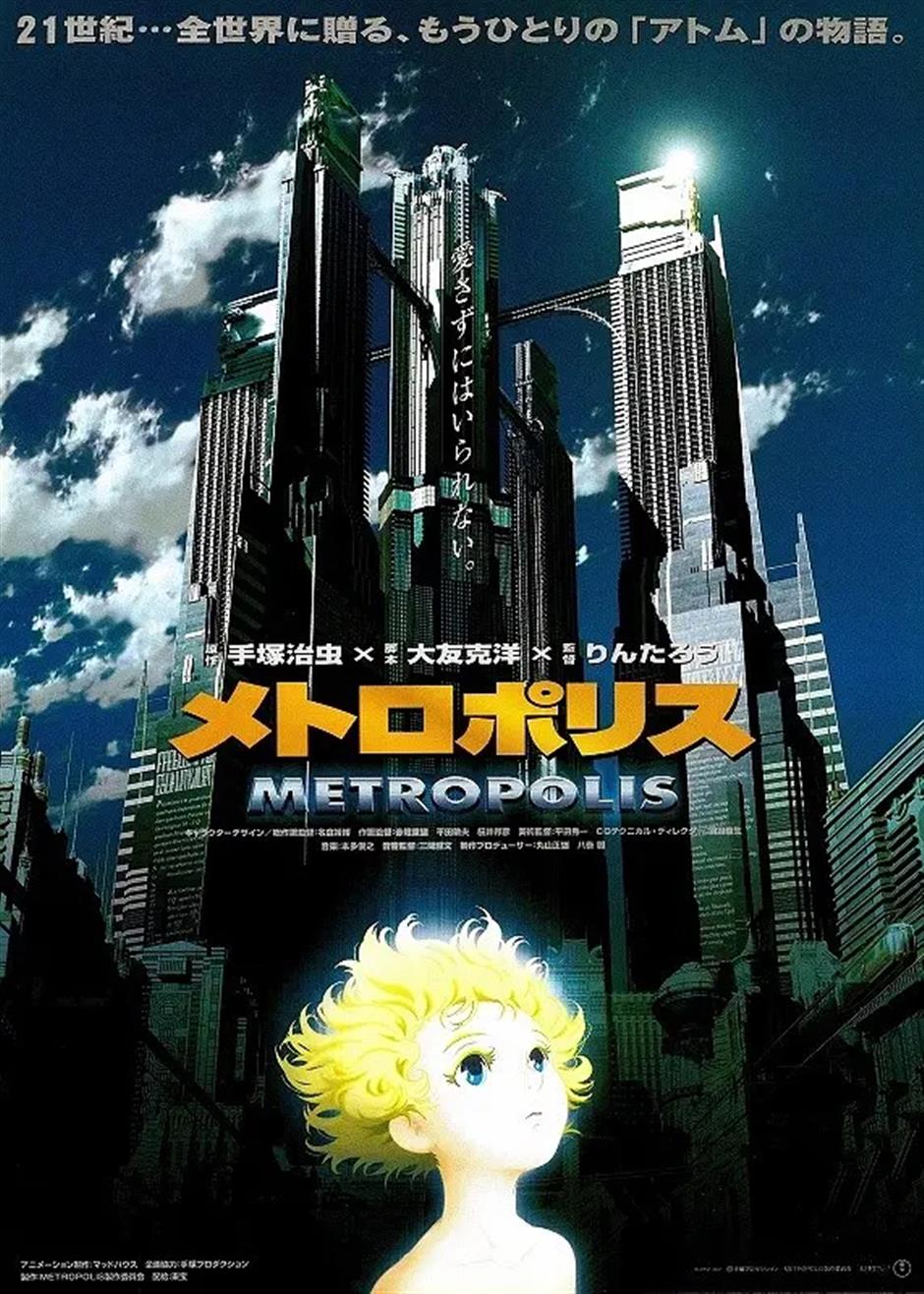
Animated feature 'Metropolis' was based on Japanese comic master Osamu Tezuka's 1949 sci-fi manga work.
In Japan, several animated films were also released to international acclaim in this period. Japanese animated film master Miyazaki Hayao captivated audiences with a movies such as "Princess Mononoke" (1997), "Spirited Away" (2001), and "Howl's Moving Castle" (2004). "Spirited Away" won the Academy Award for Best Animated Feature, and the top Golden Bear prize at the Berlin International Film Festival.
Japanese comic master Osamu Tezuka's 1949 manga work "Metropolis" was also adapted into a sci-fi animated feature by Rintaro. The 2001 film depicts how humans and robots coexist in a futuristic metropolis. The masterpiece also provides philosophical musings on artificial intelligence and the rebellious consciousness of robots.
The Japanese sci-fi animated film franchise "Ghost in the Shell" was also a highlight during this period. With impressive visuals and action sequences, it portrays a world in a post-cyberpunk future that is connected by a vast information network and troubled by new types of criminal incidents.
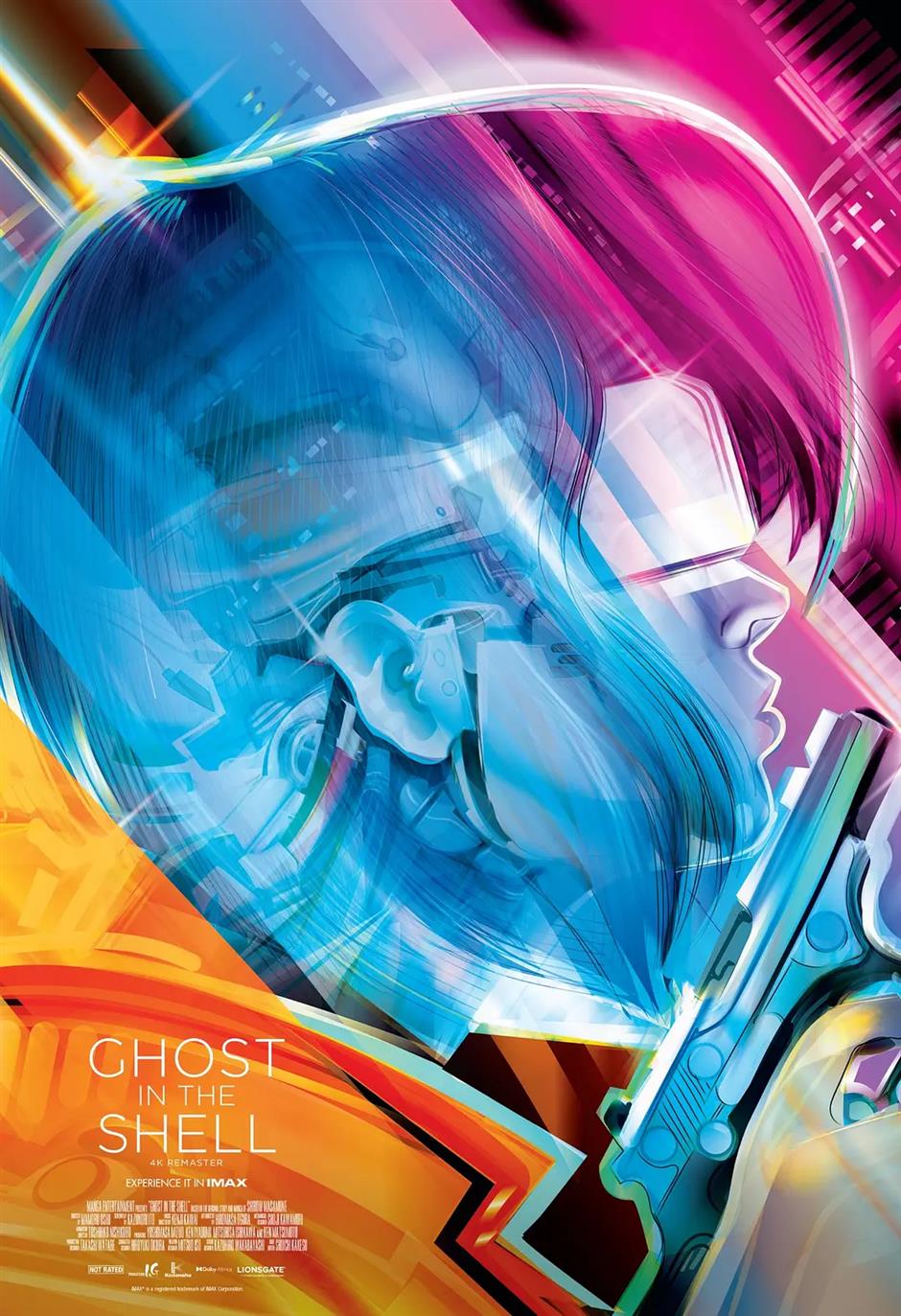
A poster advertises 'Ghost in the Shell.'
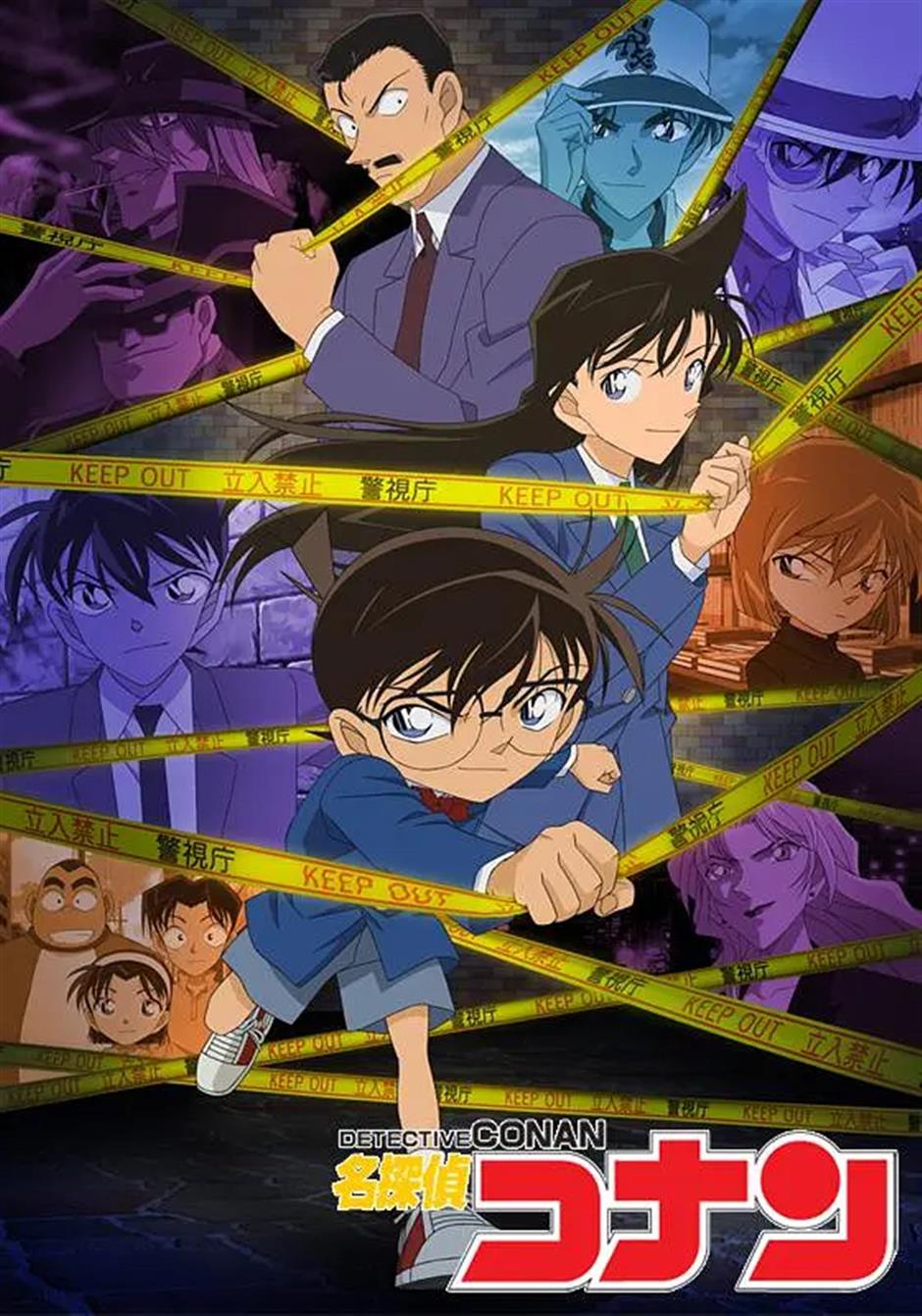
A poster advertises 'Detective Conan.'
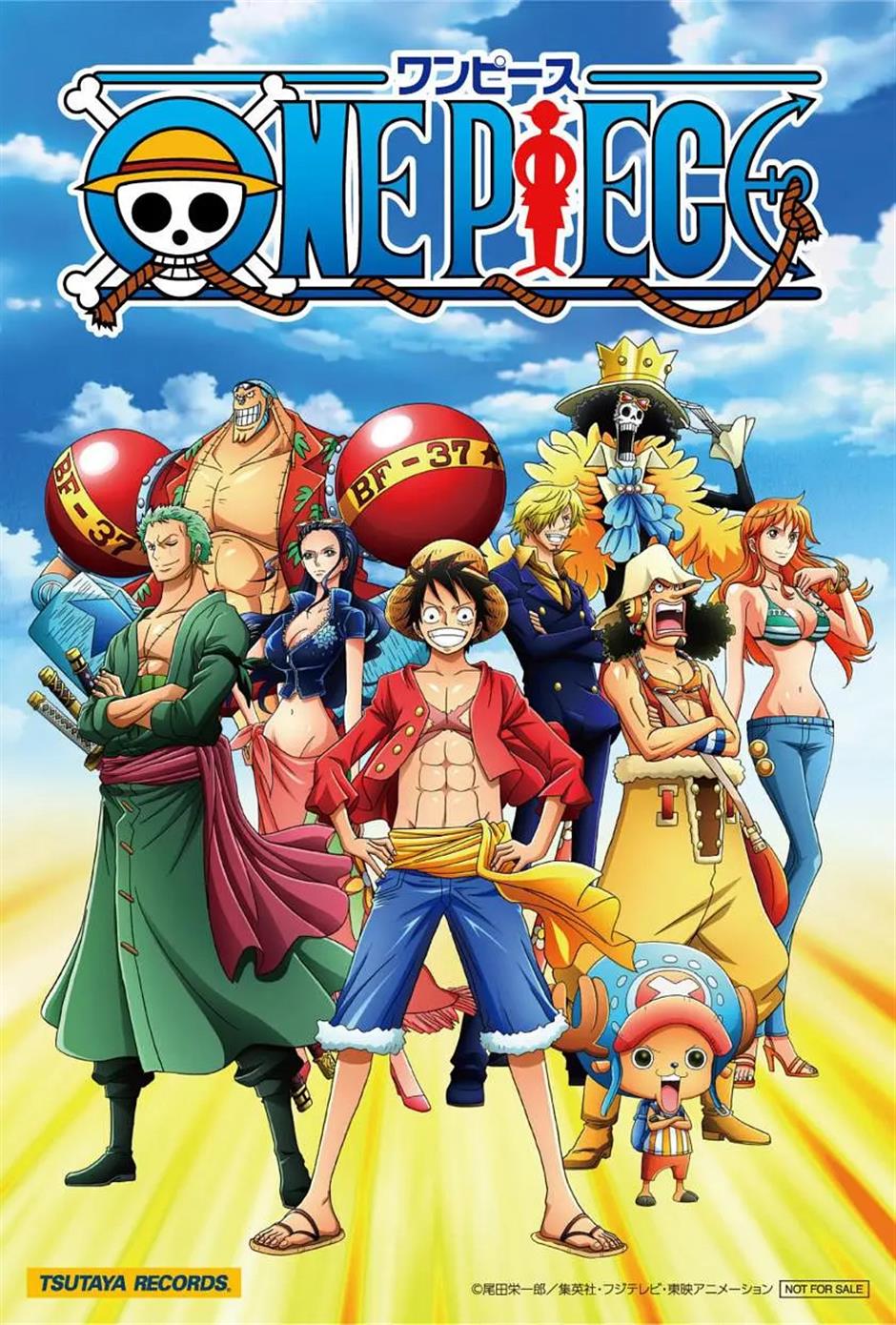
A poster advertises 'One Piece.'
Japanese animated TV series including "Detective Conan" (1996) and "One Piece" (1999) also turned out to be huge sensation among a large number of anime fans worldwide.
The large number of excellent works of American and Japanese animation during this period provided inspiration to Chinese animation.
In the eyes of Chen, both American and Japanese animation are very focused and good at telling stories. Before shooting, animators carefully select scripts or directly adapt mature comics. Technically, they keep pace with the times, especially with the development of computer science to change traditional production methods. The use of computer graphics and 3D animation makes the animation more colorful.
"We also caught up quickly," he said. "On the one hand, a large number of animation talents were trained at colleges, mastering more comprehensive animation production techniques and becoming the main force in animation creation. On the other hand, many animation production companies were established. They learned from successful foreign counterparts their production experience and expertise, from raising investment funds and, team building to marketing. The films they created are rooted in local culture and resonate well with audiences. Chinese animation gradually explored its own path of development."
Source: Shanghai Daily
